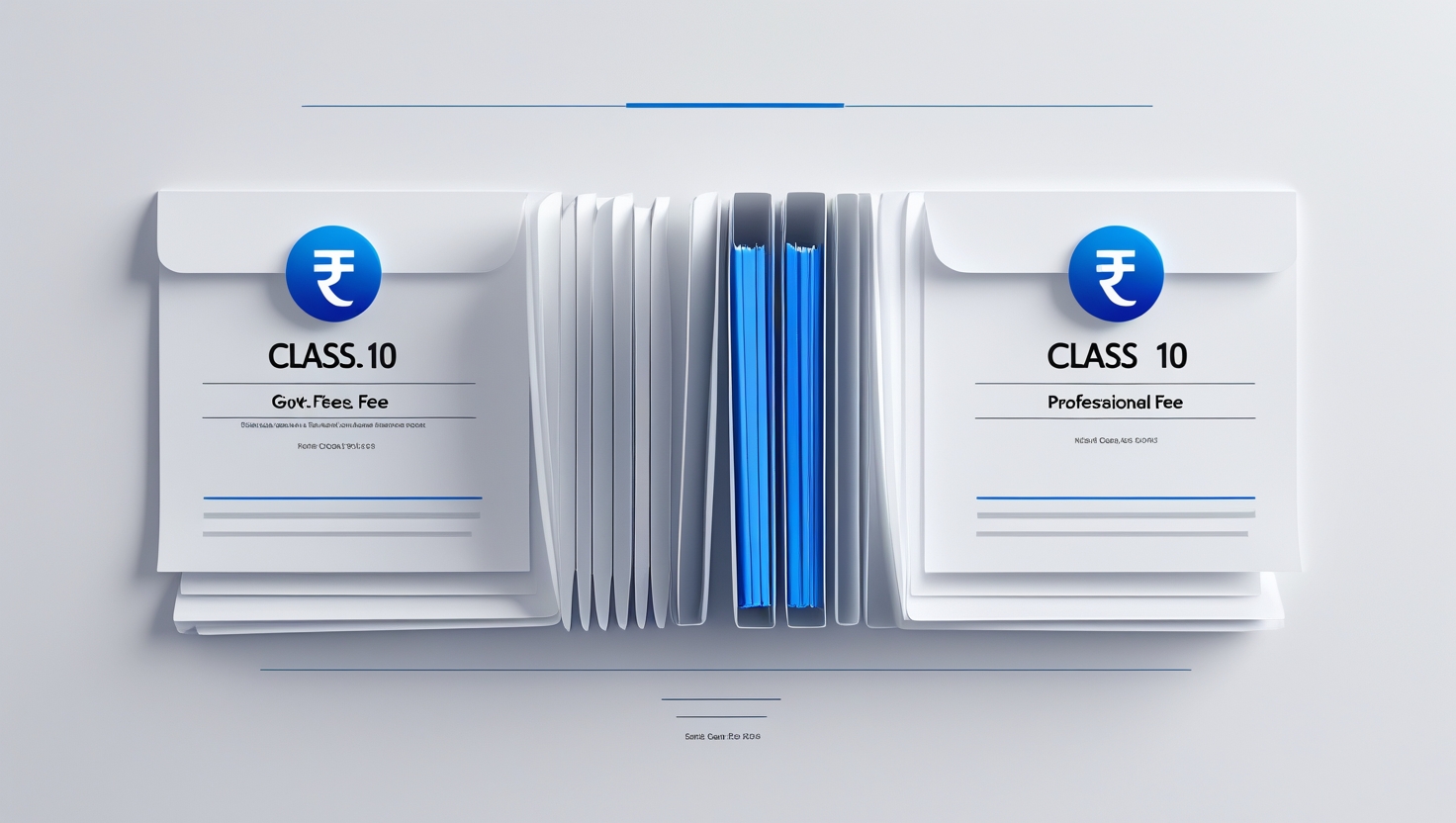Introduction
Trademark registration plays a critical role in protecting intellectual property, especially for businesses in the medical and healthcare sector. If you’re involved in producing surgical instruments, medical devices, prosthetics, or veterinary products, protecting your brand through trademark registration under Class 10 is vital. In India, Class 10 of the Trademark Act covers medical and surgical apparatus, making it a highly relevant area for healthcare-related businesses.
In this guide, we will walk you through everything you need to know about Class 10 trademark registration in India for 2025, including the registration process, fees, timeline, and tips to ensure a smooth experience.
What is Class 10 Trademark?
Trademark Class 10 under the Indian Trademark Classification pertains to medical apparatus and instruments, which include a wide range of healthcare-related products. Some of the items included in Class 10 are:
- Surgical Instruments: Scalpels, forceps, and scissors.
- Medical Devices: X-ray machines, diagnostic equipment, and MRI scanners.
- Prosthetic Devices: Artificial limbs, braces, and other support devices.
- Dental Products: Dental chairs, drills, and other dental instruments.
- Veterinary Instruments: Equipment used for the care of animals.
Businesses manufacturing, selling, or distributing medical goods need to register their trademarks under Class 10 to safeguard their brand identity and prevent unauthorized use.
Why Should You Register Your Trademark in Class 10?
- Legal Protection: A registered trademark gives you legal ownership of the brand name, logo, or symbol associated with your medical products. This ownership protects your intellectual property from unauthorized use.
- Brand Recognition: A trademark helps build trust and recognition among consumers. It assures them that the product is genuine, thus boosting customer loyalty.
- Prevents Imitation: Registering your trademark prevents competitors from copying or using a similar brand name or logo, ensuring that your brand stands out in the marketplace.
- Exclusive Rights: Once your trademark is registered, you have exclusive rights to use the mark for your goods and services. It also gives you the ability to stop others from using it.
- Global Protection: With the Madrid Protocol in place, your trademark registration in India can serve as a base for international protection, allowing you to expand your brand globally.
How to Register a Trademark under Class 10 in India
The process for registering a trademark under Class 10 is relatively straightforward, although it does require careful attention to detail. Here are the essential steps involved:
Step 1: Trademark Search
Before you file for trademark registration, conducting a trademark search is essential. This step ensures that your proposed trademark is unique and doesn’t conflict with any existing trademarks. You can use the Intellectual Property India database to search for similar trademarks. It’s advisable to conduct a professional search to ensure no overlaps or conflicts with other marks.
Step 2: Prepare the Application
Once you’ve confirmed that your trademark is available for use, the next step is to file the application with the Indian Trademark Office. The application form is available online on the official IP India website.
The details you will need to provide in your trademark application include:
- Trademark Representation: A clear image of your trademark (logo, wordmark, or combination).
- Applicant’s Details: Name and address of the applicant (individual or company).
- Goods/Services Description: A detailed description of the medical goods or services that the trademark will cover.
- Power of Attorney: If you’re using a trademark agent to file on your behalf, you will need to provide a power of attorney.
Once the application is prepared, submit it online or offline, with the required fee.
Step 3: Examination of Application
After filing, the Trademark Office will examine your application. The examiner checks whether the trademark meets the legal requirements, including distinctiveness and eligibility. If there are no issues, the application will be accepted. However, if there are any concerns (e.g., similarity to an existing trademark), the examiner will issue an examination report.
In such cases, you’ll need to respond within 30 days, clarifying or amending the application as required. If your response satisfies the examiner, the application will proceed.
Step 4: Publication in the Trademark Journal
After passing the examination stage, your trademark will be published in the Trademark Journal. This step gives other businesses or individuals the chance to oppose the registration if they believe it conflicts with their trademark.
The opposition period lasts for four months, and during this time, if no oppositions are filed, your trademark will move forward to registration.
Step 5: Trademark Registration and Certificate
If no objections are raised during the opposition period, your trademark will be registered, and you will receive a Trademark Registration Certificate. This certificate grants you legal protection for your trademark, which lasts for 10 years from the registration date. You can renew the trademark every 10 years to maintain its validity.
Trademark Registration Fees for Class 10 in India (2025)
The cost of registering a trademark in India depends on whether the applicant is an individual, startup, or company, and whether you file the application online or offline. Below is a breakdown of the fees for Class 10 trademark registration in 2025:
- For Individuals and Startups:
- Online Filing: ₹4,500
- Offline Filing: ₹5,000
- For Companies and Legal Entities:
- Online Filing: ₹9,000
- Offline Filing: ₹10,000
Additional costs may apply if the trademark faces opposition, or if there is a need for hearings or amendments to the application.
Timeline for Class 10 Trademark Registration in India
The trademark registration process can take anywhere from 18 to 24 months, although the timeline may vary depending on the complexity of the application and whether any issues arise during the examination, opposition, or amendment phases.
Here’s an estimated timeline for trademark registration in India:
- Trademark Search: 1-2 days.
- Trademark Application Filing: Instant once all the details are gathered.
- Examination of Application: 1-3 months.
- Publication in Trademark Journal: 4 months.
- Registration and Certificate Issuance: 6-9 months (after the opposition period).
If there are no objections or oppositions, the process could be faster. However, delays due to oppositions or complex legal issues may lengthen the timeline.
Tips for Successful Class 10 Trademark Registration
To ensure a smooth and successful trademark registration process, consider these essential tips:
1. Conduct a Thorough Trademark Search
Before filing your application, it’s crucial to conduct a detailed trademark search to ensure there are no conflicting trademarks in Class 10. This helps avoid delays or rejections later in the process.
2. Correctly Categorize Goods and Services
Ensure that the goods or services you are registering your trademark for fall under Class 10. Incorrect classification could lead to rejection or delays. Class 10 covers medical devices and instruments, so make sure your description accurately reflects your products.
3. Provide Accurate Information in Your Application
Any errors or ambiguities in the trademark application can result in delays or rejections. Ensure that the description of your goods and services is clear and comprehensive.
4. Monitor the Status of Your Application
After submission, it’s essential to monitor the status of your trademark application regularly. You can track the progress on the IP India website. If the Trademark Office requests any additional information or clarification, be prompt in responding.
5. Be Prepared for Opposition
If your trademark is opposed during the publication phase, be ready to respond. In the case of opposition, you may need to appear before the trademark registrar and provide evidence supporting your case.
6. Seek Professional Help
Trademark registration can be a complex process, especially if you are unfamiliar with the legal requirements. It’s highly recommended to consult a trademark attorney or expert to assist you with filing and to navigate any potential issues that may arise during the registration process.
Common Reasons for Trademark Rejection in Class 10
- Similarity to Existing Trademarks: If your trademark is similar to an existing registered trademark in Class 10 or any other class, it will be rejected.
- Descriptive Marks: A trademark that is merely descriptive of the goods or services (e.g., “Medical Instruments” or “Surgical Tools”) is not registrable.
- Non-Distinctiveness: Trademarks that are too generic or lack distinctiveness are not eligible for registration. The trademark must distinguish your goods from others in the market.
- Improper Filing: Filing the application under the wrong class can lead to rejection. Class 10 is exclusively for medical and healthcare-related products, so ensure proper classification.
Conclusion
Class 10 trademark registration is a crucial step for businesses in the medical and healthcare industry to protect their intellectual property. It offers legal protection, builds brand credibility, and helps businesses stand out in a competitive market. By following the correct steps and ensuring compliance with the registration process, businesses can secure long-term protection for their trademarks.
About VMK Professionals
At VMK Professionals, we specialize in trademark registration for businesses in the medical and healthcare sectors. Our team of experts can guide you through the entire process, from conducting a trademark search to securing your registration and handling any legal issues along the way. Contact us today to safeguard your brand and ensure its protection under Indian law.


